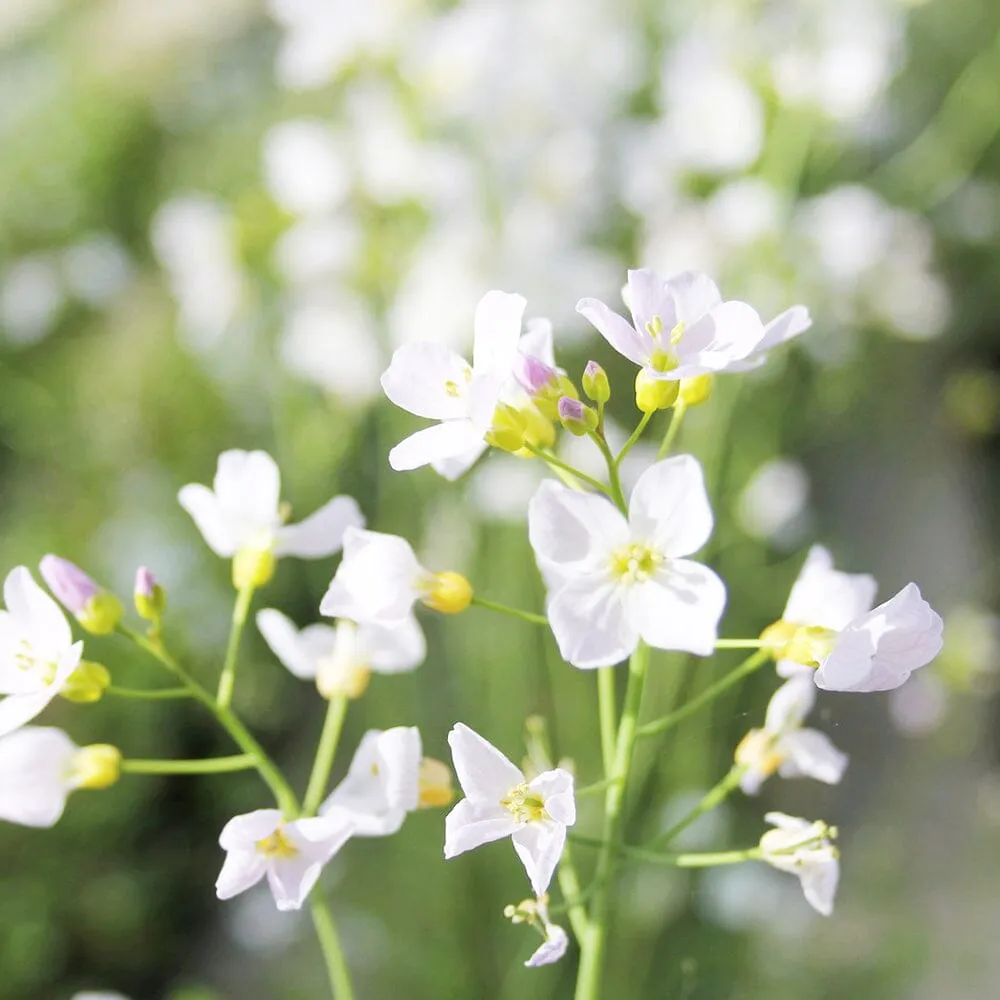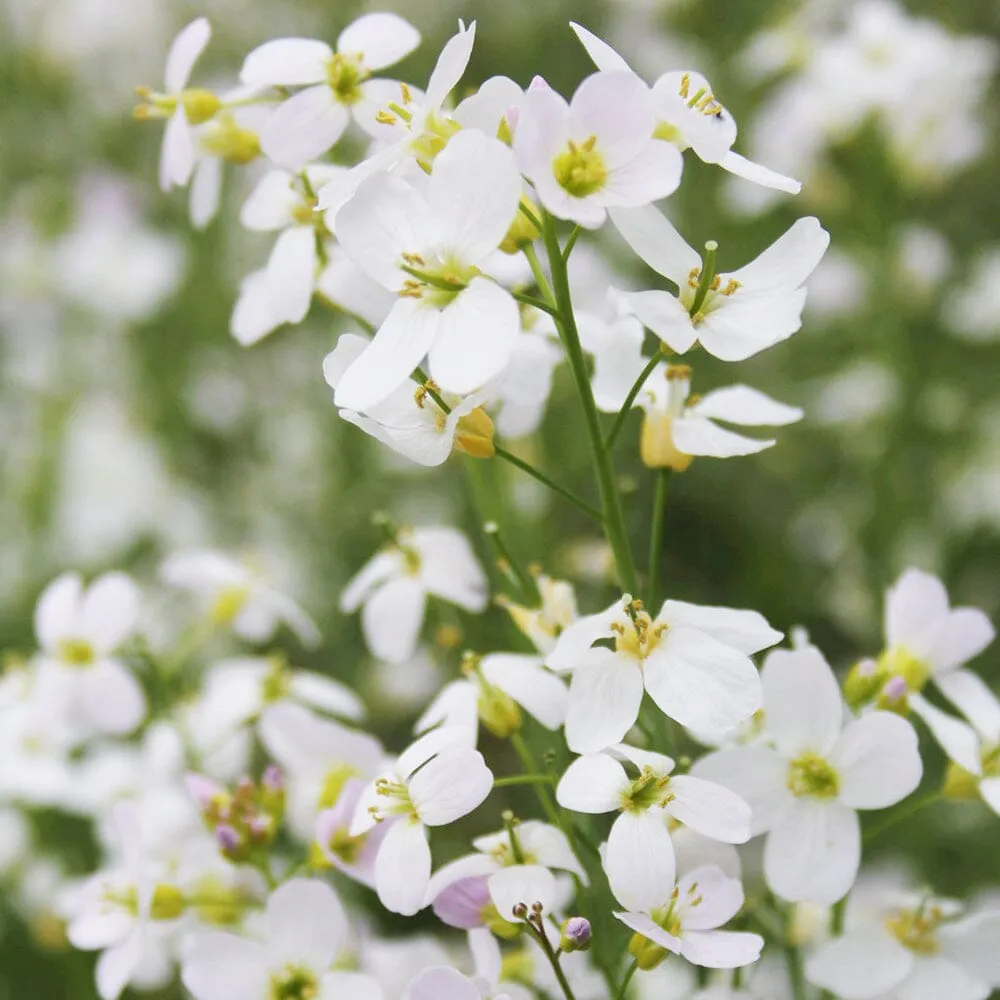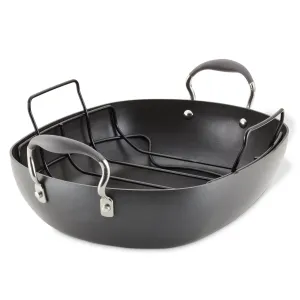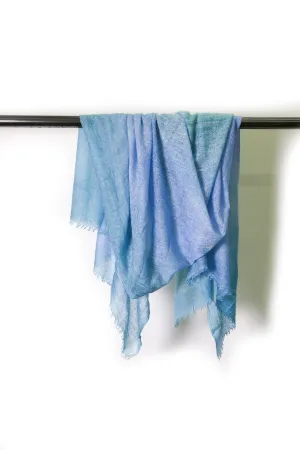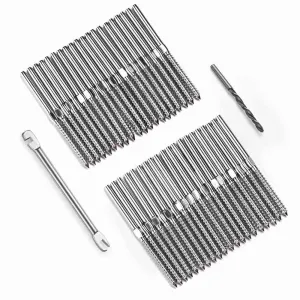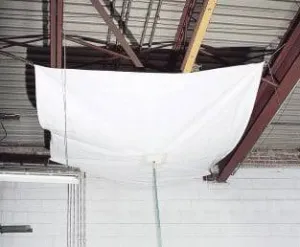Cardamine pratensis, commonly known as Cuckooflower or Lady's Smock, is a flowering perennial plant native to Europe and parts of Asia. It is a member of the Brassicaceae family. Here's a detailed description and care guide for Cardamine pratensis:
Description:
Cardamine pratensis is a herbaceous plant that typically grows in clumps or patches. It reaches a height of about 8-20 inches (20-50 cm) with a spread of 8-12 inches (20-30 cm). The plant forms a basal rosette of pinnately divided leaves, with each leaflet having a rounded or slightly lobed shape. In early spring to early summer, Cardamine pratensis produces delicate and airy clusters of small, four-petaled flowers. The flowers can be pink, lilac, or white, and they have a sweet scent. The foliage may remain attractive even after the flowering period.
Care Guide:
Lighting: Cardamine pratensis thrives in partial shade to full sun. It prefers dappled sunlight or a location with morning sun and afternoon shade. In hotter regions, partial shade is recommended to protect the plant from excessive heat and sunburn.
Water: Cardamine pratensis prefers moist to wet soil conditions. It naturally grows in damp meadows, stream banks, and other moist habitats. Ensure the soil remains consistently moist, but avoid waterlogging. Water deeply when the top inch of soil feels dry to the touch.
Soil: Cardamine pratensis prefers fertile, humus-rich, and well-draining soil. It can tolerate a range of soil types, including clay or sandy soil, as long as it retains moisture. Amend the soil with organic matter, such as compost, to improve its fertility and moisture retention.
Temperature: Cardamine pratensis is adaptable to a wide range of temperatures. It is hardy in USDA hardiness zones 3-8. It prefers cooler climates and may struggle in regions with hot and dry summers. Mulching around the plant can help maintain soil moisture and protect the roots from temperature fluctuations.
Fertilizer: Cardamine pratensis generally does not require heavy fertilization. However, incorporating a balanced, slow-release fertilizer or organic compost into the soil during the growing season can provide a nutrient boost. Follow the manufacturer's instructions or use compost at a rate of 1-2 inches (2.5-5 cm) applied as a topdressing around the plant.
Maintenance: Regular maintenance helps keep Cardamine pratensis healthy and attractive. Remove any spent flower heads to encourage continuous blooming. Deadhead the plant after the flowering period to prevent self-seeding if desired. Trim back any leggy or yellowing foliage to maintain a neat appearance.
Propagation: Cardamine pratensis can be propagated from seeds or by division. Seeds can be sown in a prepared seedbed or in containers indoors in late winter. The plant also spreads naturally through self-seeding. To propagate through division, divide the clumps in early spring or late summer. Replant the divided sections in suitable soil or planting medium.
Pests and Diseases: Cardamine pratensis is generally resistant to pests and diseases. However, it may occasionally attract aphids or be susceptible to powdery mildew or leaf spot if growing conditions are unfavorable. Monitor the plant regularly for any signs of pests or diseases and take appropriate measures if necessary.
By following these care guidelines, you can enjoy the delicate and charming flowers of Cardamine pratensis in your garden or landscape. Adjust the care routine based on your specific growing conditions and monitor the plant for any signs of stress, pests, or diseases. With proper care, Cardamine pratensis can add a touch of elegance and color to moist areas or garden borders.




